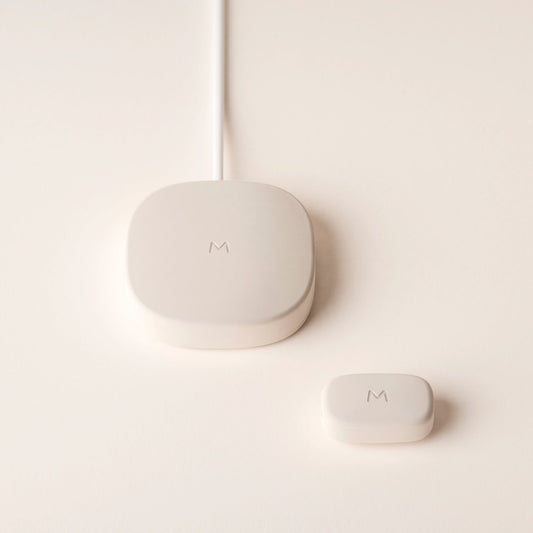We know that playtime isn’t just about throwing a toy and watching our cats go wild. It’s a key part of their physical and mental health. But how do we really know if they’re playing the way they should? And how can we use their play behavior to understand their needs better?
Understanding your cat's play behavior




